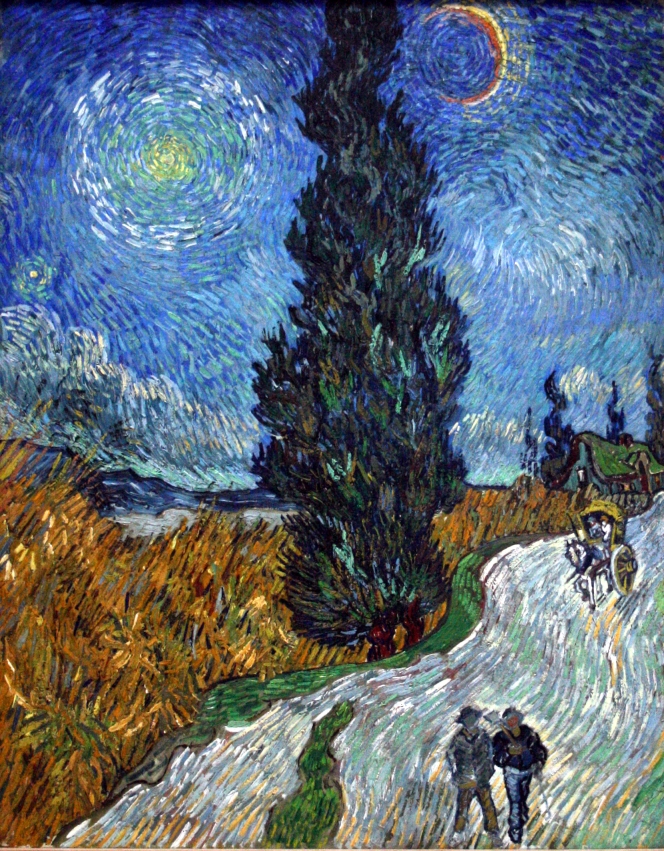Rob Alexander is a Canadian illustrator who is mostly known for his drawings and paintings. In them, he depicts massive, colorful landscapes that convey an amazing sense of depth and scale. He has produced artwork for various venues, including concept art for videogames, illustrations for books, and art for many different tabletop trading card games (most notably, Magic). While most of his works are incredibly fantasy based in nature and subject, Alexander says he is most inspired by working from real life landscapes. Mountains in particular are the biggest influence, particularly the Canadian Rockies, before Alexander moved to the Pacific Northwest. He continues to work as a freelance illustrator to this day. I believe his paintings and drawings relate well when discussing ‘Drawing into space,’ because the work itself showcases the idea of space and distance and perspective so beautifully.
Some examples of Rob Alexander’s work:

Alexander, Honors Vale, Painting.

Alexander, Natural Rhythms, Painting.

Alexander, Underground Sea, Painting, 1993.

Alexander, Last Light of Day, Painting, 2000.

Alexander, At the Bottom of the World, Painting.

Alexander, Atlantis, Painting.
Official Website: http://www.robalexander.com/index.html






 He uses a mixture of media, pen and ink, graphite and color with some digital to portray his work. While his works are small and usually sketchbook paper size, they are very detailed and show the sense of a figure and objects in space.
He uses a mixture of media, pen and ink, graphite and color with some digital to portray his work. While his works are small and usually sketchbook paper size, they are very detailed and show the sense of a figure and objects in space. 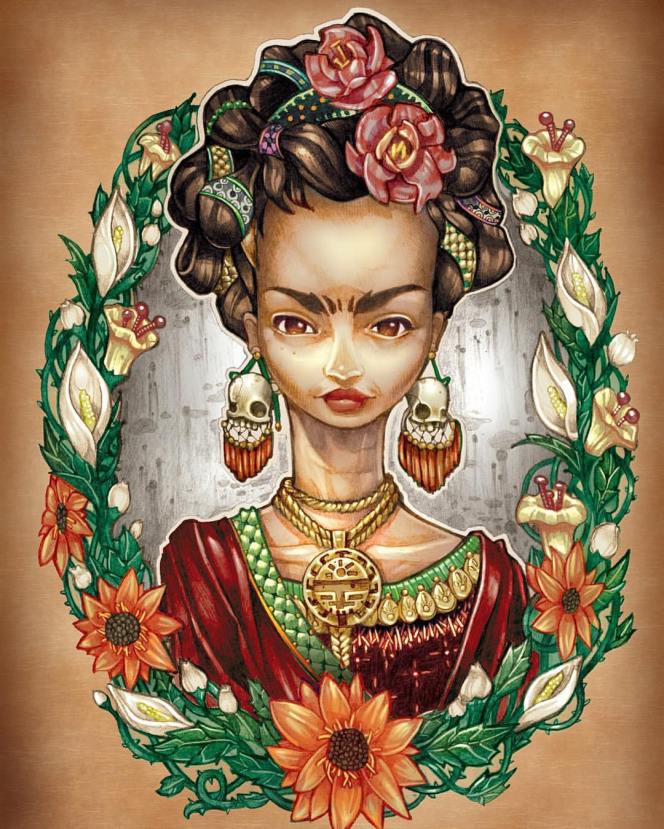
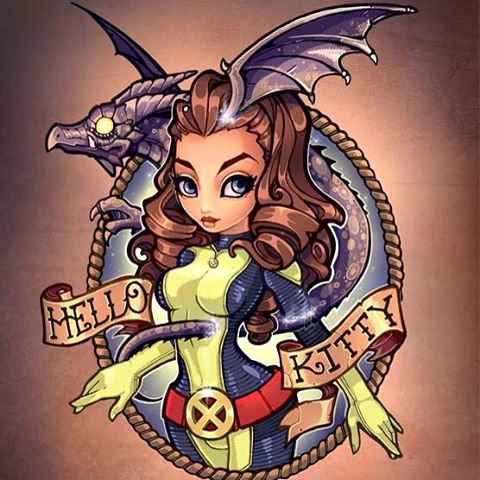

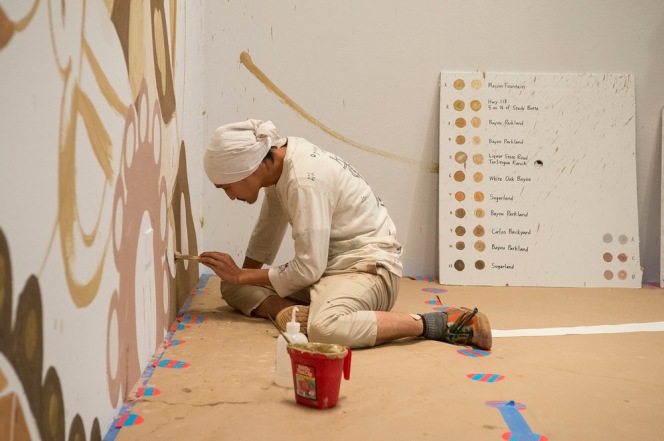







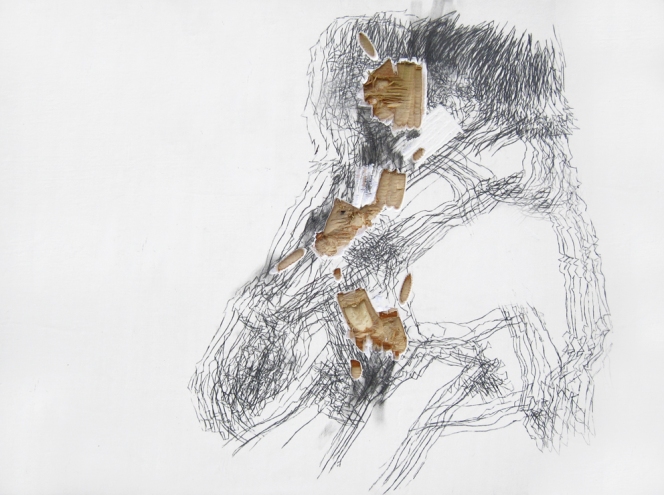
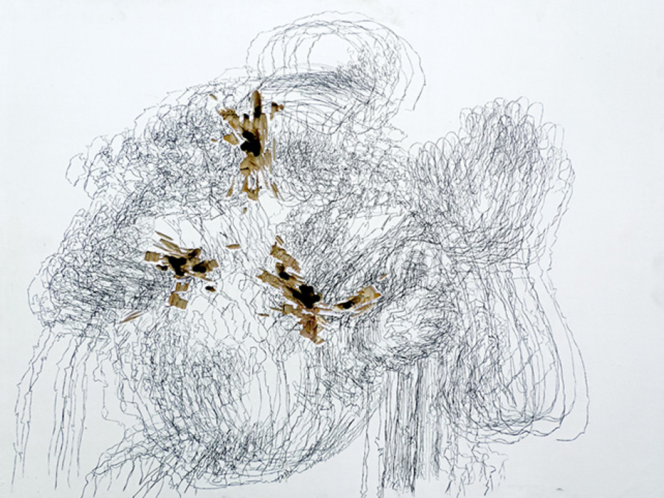









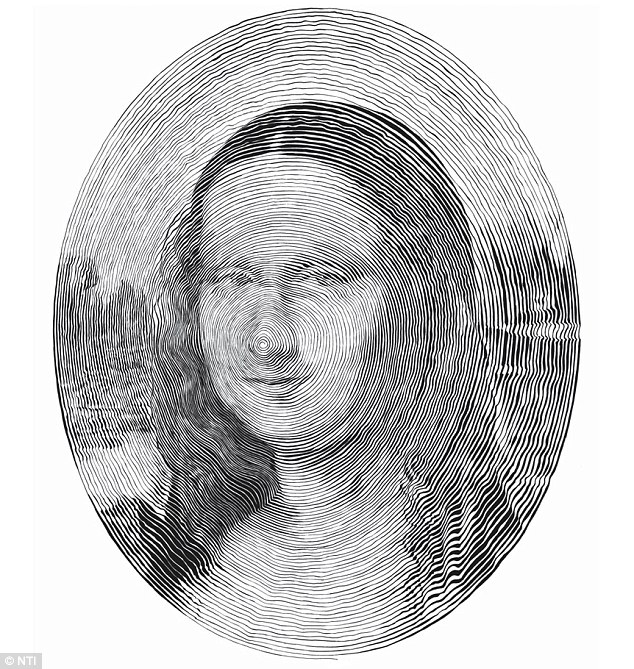
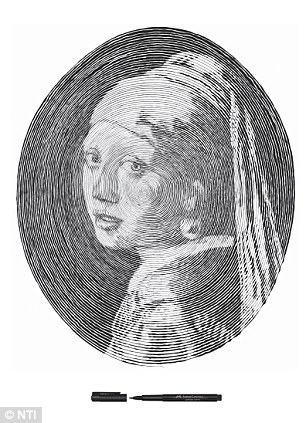 Chan Hwee Chong creates spiral illustrations of famous paintings. Using a single line and the push-pull technique to create different layers of shadows and depth. What began as a commission by Faber and Castell to show the precision of their artist pens gave Chan Hwee Chong fame. Hwee Chong is a man from Singapore who is currently living Germany as an art director at a German design studio ‘Kolle Robbe’ in Hamburg. He focuses on exploring typography and art installations in a public space that provoke our senses. Recently Hwee Chong created in collaboration with other artists the Lightstix Graffiti.
Chan Hwee Chong creates spiral illustrations of famous paintings. Using a single line and the push-pull technique to create different layers of shadows and depth. What began as a commission by Faber and Castell to show the precision of their artist pens gave Chan Hwee Chong fame. Hwee Chong is a man from Singapore who is currently living Germany as an art director at a German design studio ‘Kolle Robbe’ in Hamburg. He focuses on exploring typography and art installations in a public space that provoke our senses. Recently Hwee Chong created in collaboration with other artists the Lightstix Graffiti.

